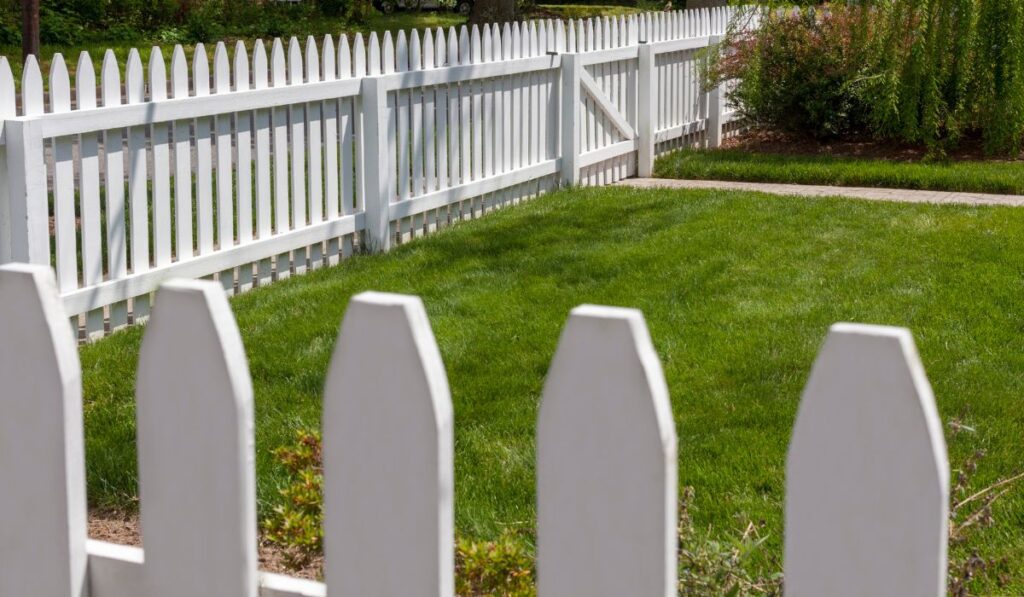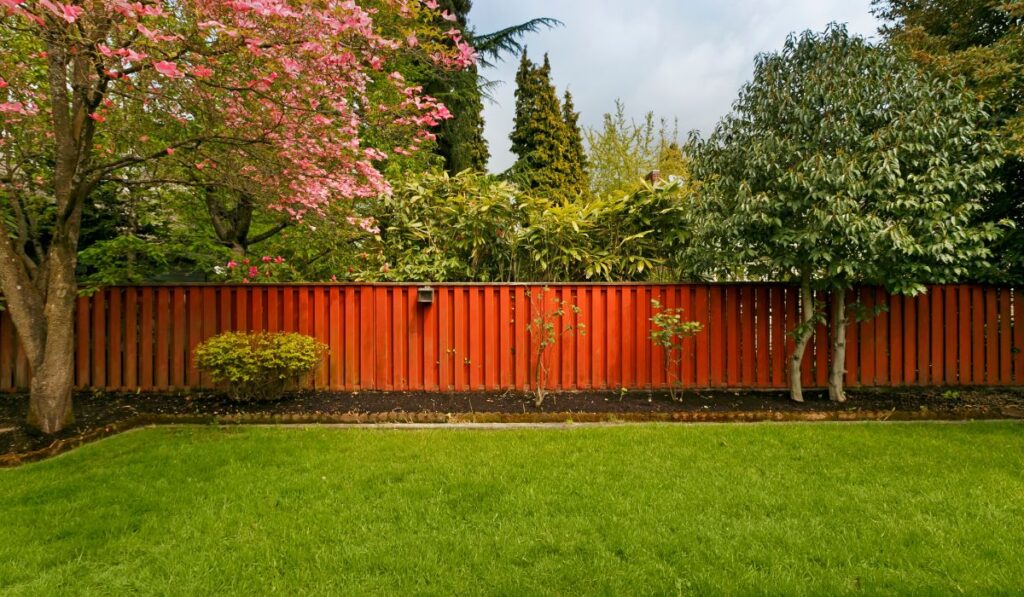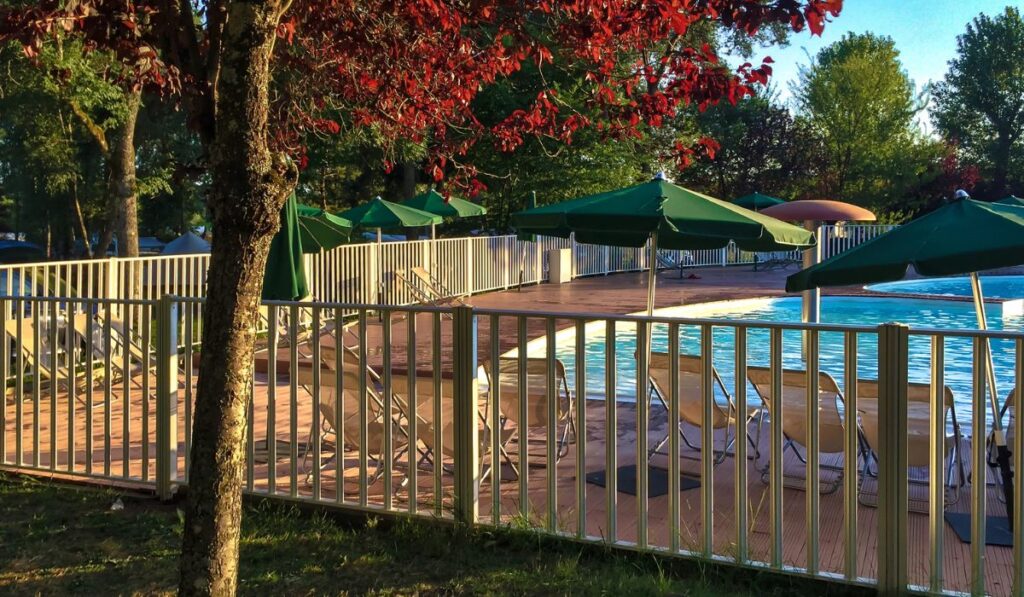Your fence is an essential component of your property. It provides security and privacy and enhances the overall aesthetic appeal of your home. However, just like any other structure, fences require regular preservation to ensure they remain in good condition & continue to serve their purpose effectively. This complete guide will discuss the key steps and best practices for maintaining your fence to prolong its lifespan & keep it looking great.
Assessing the Condition of Your Fence
Before you start the maintenance process, it’s essential to assess the current condition of your fence. Look for signs of harm, such as loose boards, rusted or broken hardware, rotting wood, or any other issues that may compromise its integrity. This evaluation will help you identify the specific areas that require attention and plan your maintenance accordingly.
Cleaning the Fence
The first step in maintaining your fence is to clean it thoroughly. To effectively eliminate dirt, grime, and mold from the surface, you can opt for either a gentle brush or a pressure washer. If your wall is made of wood, be gentle to avoid damaging the wood fibers. Next, check for any signs of rust on metal fences and use a rust remover or sandpaper to eliminate it.
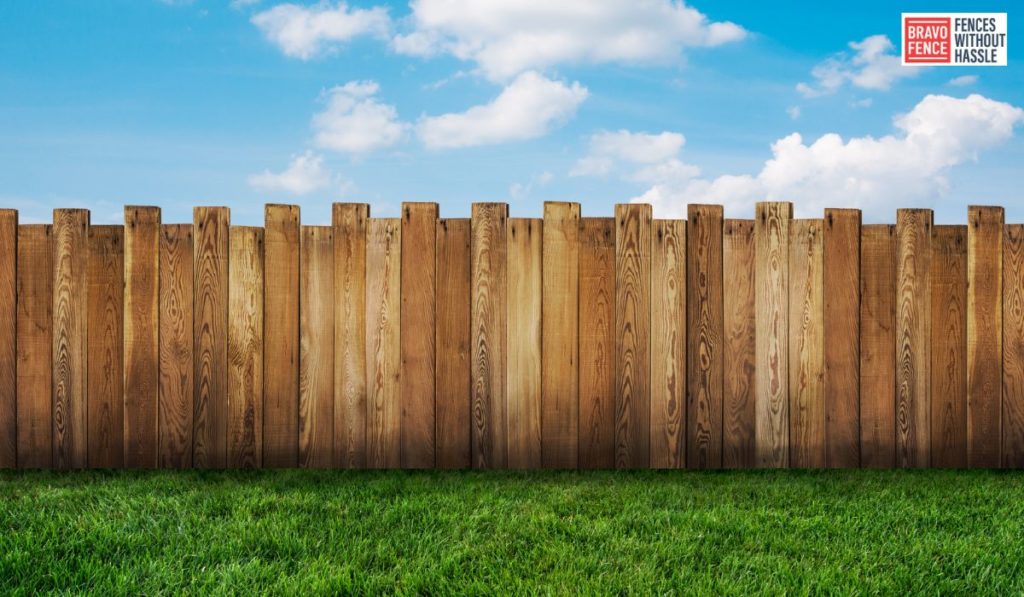
Repairing Damaged Sections
Once the fence is clean, inspect it for any damaged sections that need repair. Replace broken or rotten boards, tighten loose screws or nails, and fix any other structural issues. If your fence is made of vinyl or metal, check for any cracks or dents that need attention. Repairing these damaged sections promptly will prevent further deterioration and ensure the fence’s stability.
Applying Protective Coatings
To extend the life of your fence, it’s crucial to apply protective coatings. To protect wooden fences from moisture, UV rays, and pests, it’s advisable to apply a sealant or paint. This safeguarding measure preserves the wood’s strength and improves its resilience against the elements. This will help prevent rotting, warping, and discoloration. Likewise, metal fences can benefit from a protective coat of paint or rust-resistant finish to prevent corrosion.
Regular Inspections
Regular inspections are essential to identify any issues early on and address them promptly. First, walk along the fence line, checking for loose boards, sagging sections, or signs of wear and tear. Next, inspect the hardware, such as hinges and latches, to ensure they function correctly. You can prevent problems from escalating and save on costly repairs by catching them early.
Vegetation Control
Proper vegetation control is crucial for maintaining your fence. Overgrown plants, such as vines or shrubs, can exert pressure on the wall, causing damage over time. Ensure sufficient space between plants and the fence by trimming any vegetation that makes contact with the barrier. It is important to maintain adequate clearance between the plant growth and the wall. This will help prevent moisture accumulation and reduce the risk of pests or insects damaging the wall.
Seasonal Care
Different seasons require specific care for your fence. During winter, remove any snow buildup on the wall to prevent excess weight that can lead to structural damage. Clear away fallen leaves and debris that can trap moisture and promote rot in fall. In summer, consider applying a fresh coat of protective coating to shield the fence from sun damage. Adjust your maintenance routine according to the seasonal needs of your wall.
Avoiding Common Mistakes
When maintaining your fence, it’s essential to avoid common mistakes that can damage or compromise its lifespan. For example, avoid using harsh chemicals that can strip away protective coatings or harm the environment. Instead, use appropriate tools and techniques for cleaning and repairs to prevent accidental damage. Also, be cautious when using a pressure washer on wooden fences, as excessive pressure can splinter the wood.
Professional Assistance
If you need clarification about the maintenance process or encounter significant damage, it is recommended to seek professional assistance. Fence maintenance experts have the knowledge and experience to handle complex repairs and advise on the best maintenance practices for your fence type. In addition, they can ensure that your fence remains in optimal condition and provide guidance on long-term care.
FAQs
1. How often should I clean my fence?
The frequency of cleaning your fence depends on factors such as the material, weather conditions, and location. Generally, cleaning your wall at least once or twice a year is advisable.
2. Can I paint a wooden fence myself?
Yes, you can paint a wooden fence yourself. Ensure you choose a suitable paint or stain designed explicitly for outdoor use and follow the manufacturer’s instructions for application.
3. Should I remove vines from my fence?
If the vines are causing damage or putting excessive pressure on the fence, it’s recommended to remove them. However, if the vines are not causing harm and you like their aesthetic appeal, you can carefully trim and manage them.
4. What can I do to prevent rust on my metal fence?
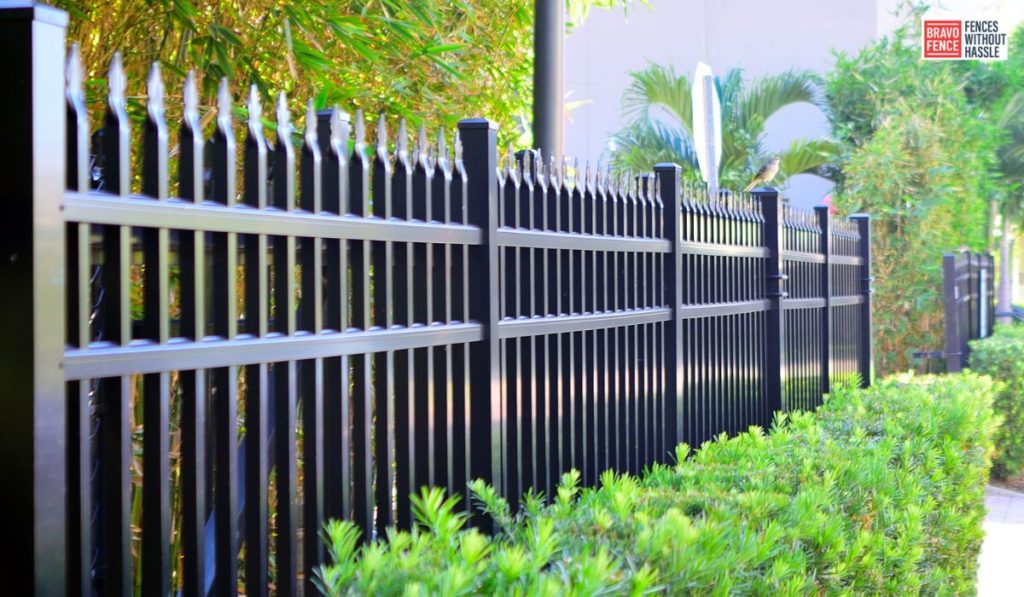
To prevent rust on a metal fence, regularly inspect the wall for any signs of rust and promptly treat it using a rust remover or sandpaper. Applying a rust-resistant finish or paint can also provide additional protection.
5. When should I consider replacing my fence instead of repairing it?
If your fence has extensive damage, such as severe rotting or structural instability, it may be more cost-effective and practical to replace it rather than attempting extensive repairs. Consult with an executive to assess the condition of your fence and make an informed decision.
6. Can I pressure wash my vinyl fence?
Yes, you can pressure wash a vinyl fence. However, use caution and avoid using excessive pressure or holding the hooter too close to the surface, as it can damage the vinyl. Instead, follow the manufacturer’s recommendations and use a gentle setting to clean your vinyl fence effectively.
7. How do I prevent my wooden fence from warping?
To prevent wooden fence warping, ensure proper installation with adequate spacing between boards for expansion and contraction. Apply a protective sealant or paint to the wood to minimize moisture absorption. Additionally, avoid excessive water and direct sunlight exposure, as these can contribute to warping.
8. Can I repair a chain-link fence myself?
Yes, minor repairs to a chain-link fence can be done by yourself. These may include fixing loose wires, replacing damaged sections, or adjusting the tension of the chain-link fabric. However, seeking professional assistance for more extensive repairs or clarification on the process is recommended.
9. How long can a well-maintained fence last?
The lifespan of a well-maintained fence depends on various factors, including material, climate, and maintenance practices. Generally, a well-maintained fence can last anywhere from 20 to 50 years or more, with regular cleaning, repairs, and proper care.
10. Can I stain my wooden fence instead of painting it?
Yes, staining your wooden fence is an alternative to painting. Stains penetrate the wood, enhancing its natural beauty while protecting against UV rays and moisture. Choose a paint specifically formulated for exterior wood and follow the manufacturer’s instructions for application.

